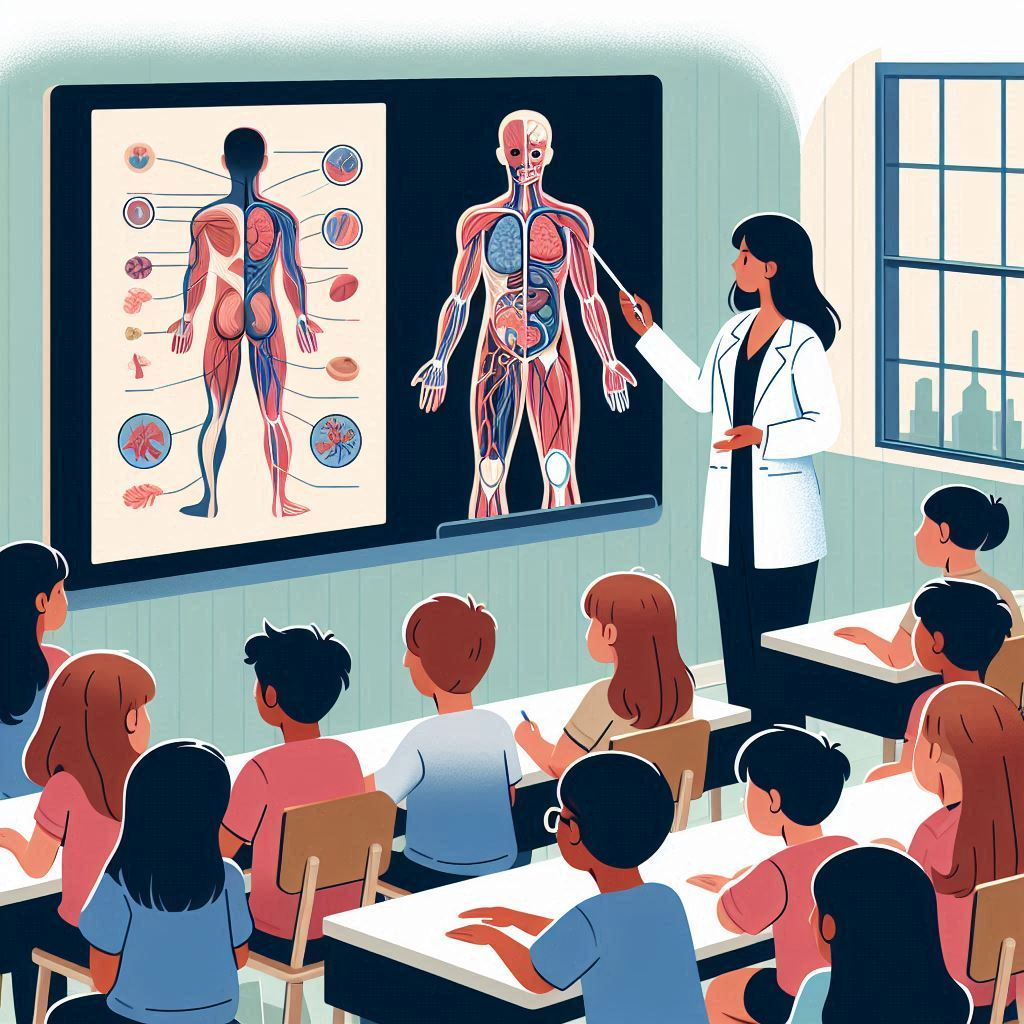
Image created with Microsoft Copilot
Images tell stories in ways words often can’t. In education, visual elements have the power to clarify ideas, spark creativity, and hold attention longer. But what happens when those visuals are optimized through editing? Students engage differently. Lessons feel alive. Materials become more approachable. This article explores the practical effects of image editing on student engagement. Expect actionable insights that go beyond generic advice.
1. Clearer Understanding with Simplified Images
Clarity is key when presenting information to students. Edited visuals, especially those with removed distractions like busy backgrounds, help focus attention on the most critical elements. Using tools to remove image backgrounds simplifies content by stripping away unnecessary details, allowing core concepts to stand out.
Imagine an anatomy diagram: without irrelevant visual clutter in the background, students can better identify and understand each labeled part. Cleaner images are easier for young learners and even advanced students to interpret quickly.
Simple edits ensure that every detail included has a purpose – reducing confusion or misinterpretation. To unlock the potential of compelling visuals in education., explore Oppida course development for expertly crafted learning solutions.
By optimizing graphics this way, educators make their teaching materials clearer and more approachable for diverse learning levels while fostering confidence in grasping complex ideas.
2. Improved Focus Through Visual Enhancements
Edited visuals can guide student attention to where it matters most. By enhancing specific areas or simplifying cluttered images, educators create materials that hold focus longer. Key strategies include:
- Highlighting Critical Details: Use bright colors or emphasis effects to draw the eye to vital information.
- Removing Distractions: Simplify visuals by cleaning up extraneous elements, ensuring students only see what’s necessary for comprehension.
- Balancing Contrast and Clarity: Adjust brightness and contrast levels in images so text and graphics are easily readable, even from a distance.
When distractions are minimized, focus increases naturally. Edited visuals don’t just attract attention; they sustain it – ensuring students remain engaged throughout lessons without feeling overwhelmed by unnecessary visual noise.
3. Stronger Memory Retention from Refined Graphics
Refined visuals significantly impact how well students retain information. Clear, visually appealing graphics enhance the brain’s ability to process and store data long-term. When images are thoughtfully edited, key details stand out more prominently, making them easier to remember.
For example, a science diagram with bold colors and precise labeling helps students recall parts during tests. Similarly, editing out unnecessary elements prevents cognitive overload, allowing learners to focus on essentials.
Experts often recommend pairing refined imagery with top study tips like repetition or active engagement for even stronger results.
When visual materials are designed effectively – through adjustments in layout, contrast, or simplicity – they reinforce memory by presenting concepts in ways that feel intuitive and easy to revisit later.
4. Encouraging Creative Thinking Using Edited Visuals
Creativity thrives when students engage with visually stimulating materials. Thoughtfully edited images spark imagination by presenting concepts in engaging and innovative ways. Effective strategies include:
- Transforming ordinary visuals into dynamic infographics or colorful designs that provoke curiosity.
- Incorporating abstract or conceptual edits to inspire students to think beyond traditional frameworks, like turning a plain map into an artistic collage of cultures.
- Simplifying cluttered visuals while adding unique touches, such as icons or patterns, encourages learners to interpret ideas creatively.
When educators present visually intriguing content, it invites exploration and fresh perspectives. Students often develop their own interpretations, creating connections between subjects and enhancing problem-solving skills – all fostered by well-edited visual aids designed for engagement and inspiration.
5. Increased Accessibility for Varied Learning Styles
Not all students process information the same way, and image editing can play a vital role in making materials accessible to everyone. By refining visuals to cater to different learning needs, educators ensure that content resonates with both visual and non-visual learners alike.
For instance, edited graphics with clear contrasts support students with low vision by improving visibility. Simplified diagrams without unnecessary distractions benefit those who might struggle with focus or cognitive overload. Adding text overlays on images aids auditory learners when paired with explanations.
These adjustments don’t just make lessons inclusive – they empower every student by removing barriers to understanding. Edited visuals bridge gaps between diverse abilities, offering tailored solutions that help all learners thrive in educational settings.
Key Lessons from Using Image Editing Effectively
Image editing goes beyond appearances – it serves as a powerful way to boost engagement, improve understanding, and support inclusive learning. Simplifying visuals, eliminating distractions, and adapting content for varied needs help educators create more effective materials.
These adjustments ensure that lessons remain clear, memorable, and accessible for all students. The thoughtful use of image editing techniques strengthens connections between ideas and learners. Small visual changes lead to big differences in how knowledge is shared and retained effectively.
Write and Win: Participate in Creative writing Contest & International Essay Contest and win fabulous prizes.


